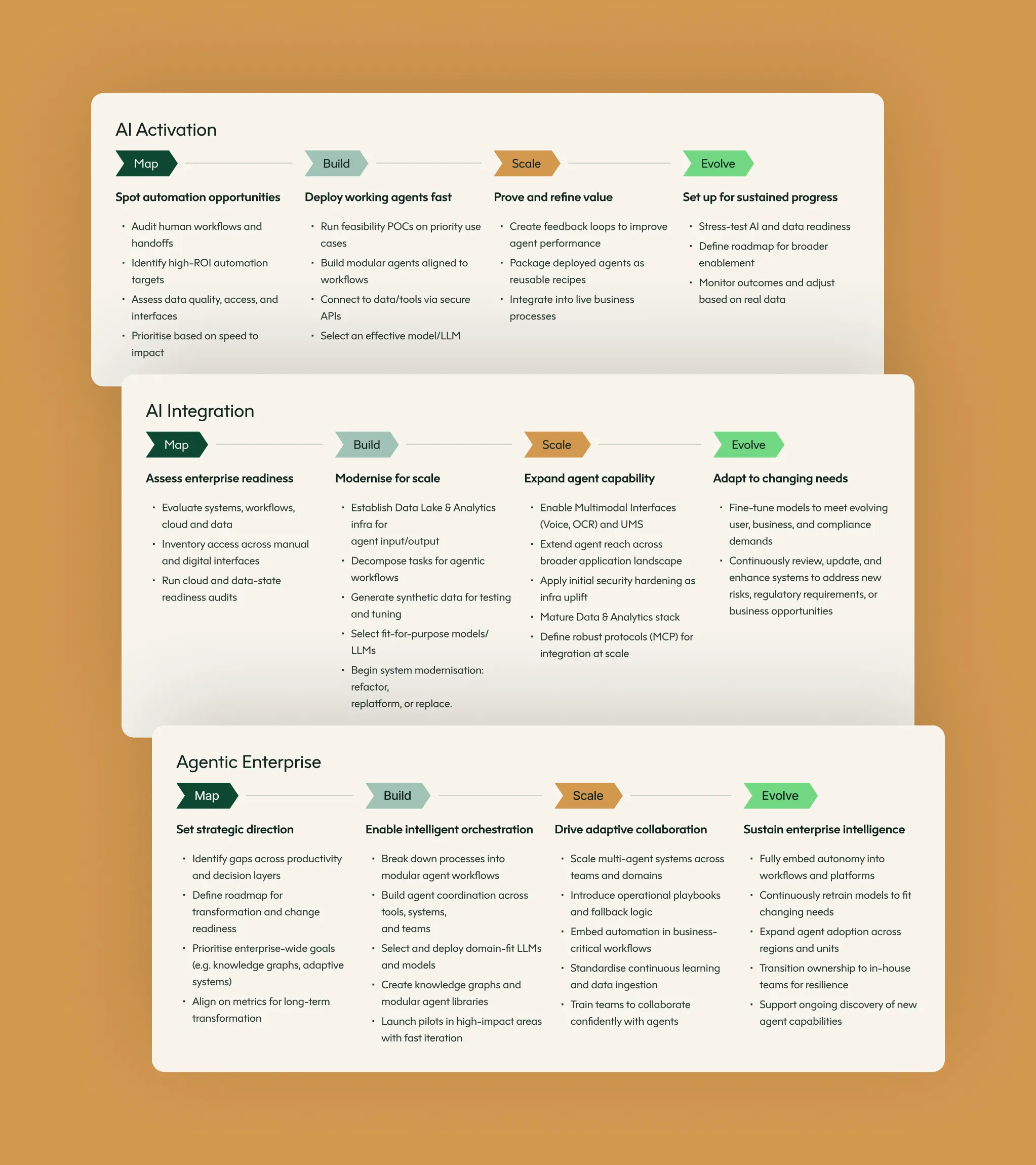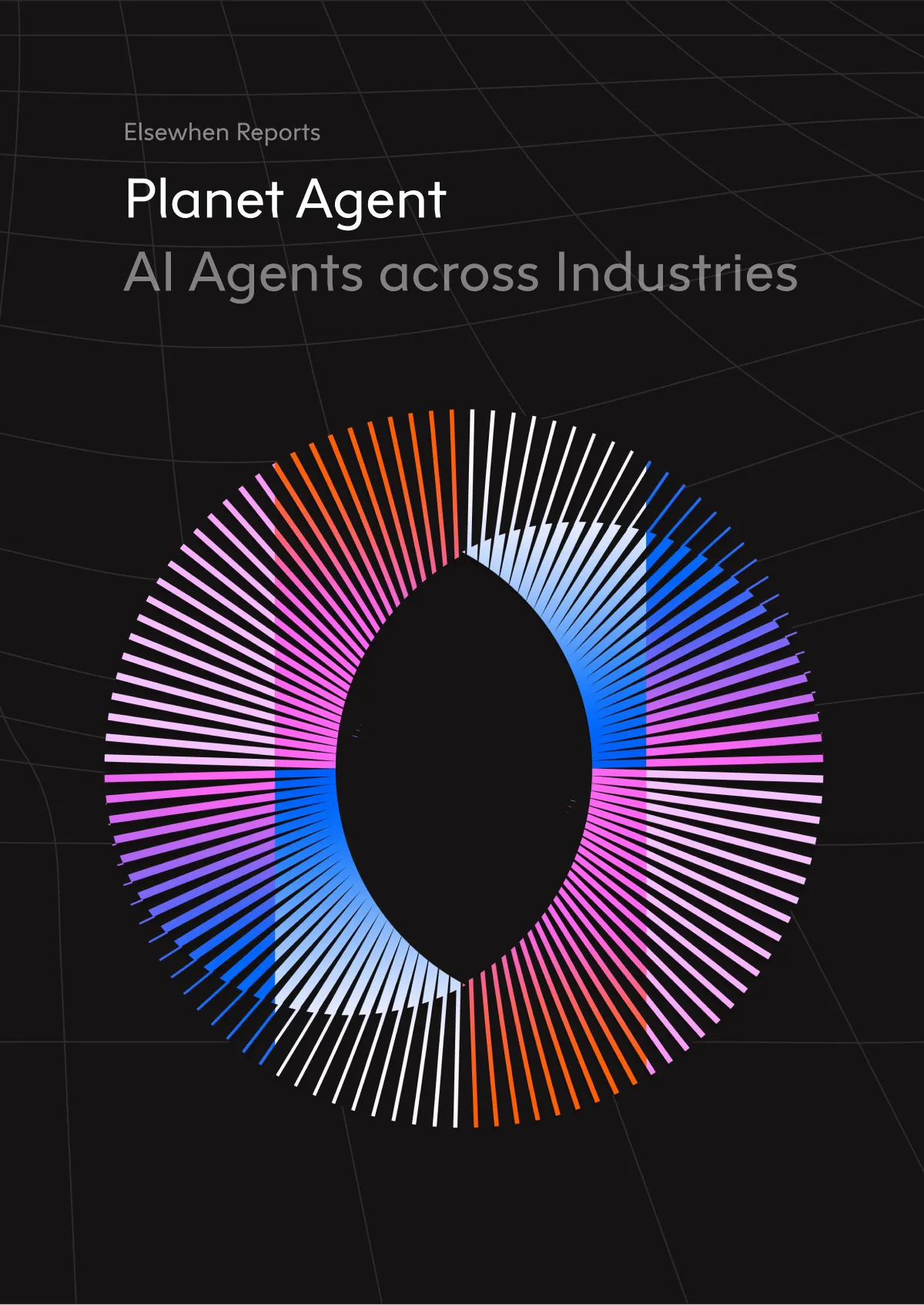Across industries, investment in artificial intelligence has surged, yet despite billions spent most enterprise programmes remain stuck in pilot mode. Proof-of-concepts proliferate but real operational transformation remains elusive.
Readers may recall a recent MIT paper claiming that 95 percent of AI projects fail to return ROI. Now, whether or not every figure in that report stands up to scrutiny is beside the point — it resonated because it mirrors the lived experience of enterprise leaders who still feel they have yet to realise the promise of agentic AI.
What lies behind these disappointing outcomes is not a lack of ambition but a set of structural blockers. Monolithic SaaS tools remain costly, rigid and poorly adapted to the complexity of real work. Models are often disconnected from the proprietary data that would make them accurate and trustworthy, leading to hallucinations, sycophancy and compliance concerns. Interfaces and workflows are designed for generic use cases, depressing adoption and driving up training costs. Worse still, too many initiatives remain piecemeal — isolated proofs of concept that never scale across silos or evolve into systemic change. The result is a landscape of abandoned pilots and mounting frustration rather than transformative productivity gains.
Worse, the market has followed a scorched-earth approach: overpromising transformation, underdelivering results, and leaving behind a trail of half-integrated tools and disillusioned teams. Too many initiatives remain piecemeal — isolated proofs of concept that never scale across silos or evolve into systemic change. The result is a landscape littered with pilots, not productivity.
It does not have to be this way. Here at Elsewhen we have developed a different path: the AI Productivity Platform — a layered, agentic approach that enables enterprises to map, build, scale and evolve their AI capabilities while avoiding the pitfalls of blunt SaaS and vendor lock-in. Split across three interdependent stages — AI Activation, AI Integration, and the Agentic Enterprise — this whitepaper charts how organisations can move from isolated pilots to systemic transformation.
Because at the end of the day, it’s not about AI for its own sake; it’s about harnessing intelligence to deliver measurable, even radical, productivity at scale.
Leon Gauhman | Co-Founder, Chief Product & Strategy Officer




